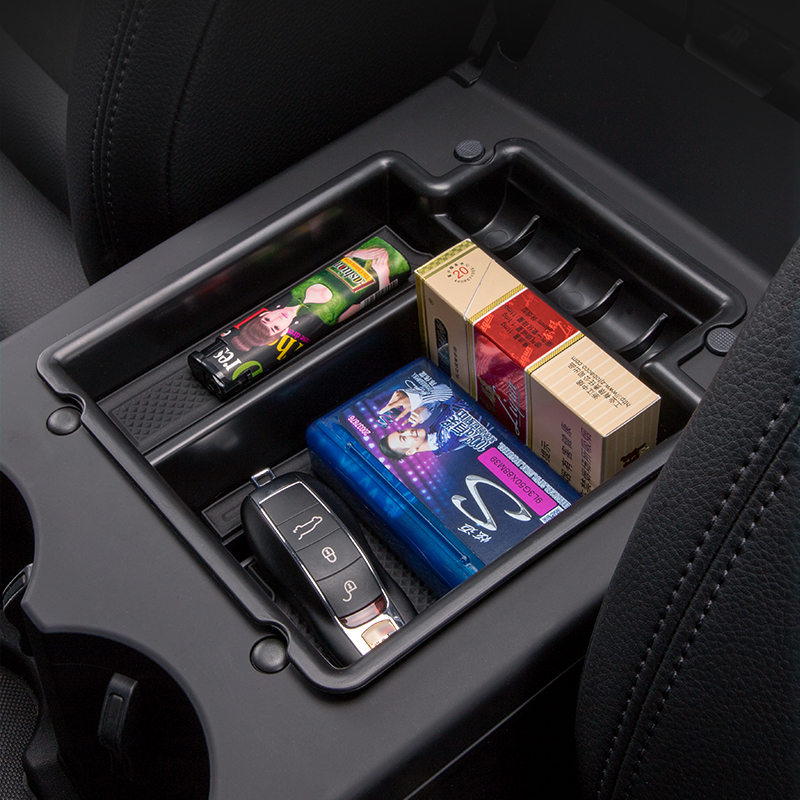
In the year 1054 CE, astronomers saw a strange bright light appear in the sky.
We now know it was a star's explosion, a dramatic event called a supernova, which was visible even during the dayfor some three weeks. Today, the glorious remnants of that exploded star exist as the "Crab Nebula," and scientists just used the James Webb Space Telescope to capture an unprecedented view of the iconic object.
Prime Day deals you can shop right now
Products available for purchase here through affiliate links are selected by our merchandising team. If you buy something through links on our site, Mashable may earn an affiliate commission.iRobot Roomba Combo i3+ Self-Emptying Robot Vacuum and Mop—$329.99(List Price $599.99)
Samsung Galaxy Tab A9+ 10.9" 64GB Wi-Fi Tablet—$178.99(List Price $219.99)
Apple AirPods Pro 2nd Gen With MagSafe USB-C Charging Case—$199.00(List Price $249.00)
Eero 6 Dual-Band Mesh Wi-Fi 6 System (Router + 2 Extenders)—$149.99(List Price $199.99)
Apple Watch Series 9 (GPS, 41mm, Midnight, S/M, Sports Band)—$299.00(List Price $399.00)
The Webb telescope — which orbits 1 million miles from Earth and is the most powerful space observatory ever built — views a type of light called infrared, which penetrates thick clouds of cosmic gas, revealing new, vivid details.
"6,500 light-years away lies the Crab Nebula, the remains of an exploded star. While it is a well-studied target, Webb’s infrared sensitivity and resolution offer new clues into the makeup and origins of this nebula," writes NASA.
SEE ALSO:Stunning Webb telescope photo shows actual bending of spacetimeHere's what you can see in the image below:
- At the center of the cloud of dust and gas is a particularly bright star. That's the core left over from the stellar explosion in 1054 CE (from a star many times more massive than our medium-sized sun); it now exists as a profoundly dense type of neutron star (an object so incredibly dense that a teaspoon of neutron star weighs around a whopping 1 billion tons). This object is also rapidly spinning some 30 times per second, making it a neutron star called a "pulsar."
- A "milky smoke-like material" winds through the nebula. These are charged particles, created by the quickly rotating neutron star, swirling through the star's magnetic field, NASA explains.
- The expanding cloud of material around the star is largely composed of ionized sulphur (seen in orange) and dust (seen in yellow-green).
 The James Webb Space Telescope's view of the Crab Nebula.Credit: NASA / ESA / CSA / STScI / T. Temim (Princeton University)
The James Webb Space Telescope's view of the Crab Nebula.Credit: NASA / ESA / CSA / STScI / T. Temim (Princeton University)You can also see a comparison between the Hubble Space Telescope's view of the Crab Nebula (snapped in 2005) and Webb's new image.
 On left: Hubble's view of the Crab Nebula. On right: Webb's view of the Crab Nebula.Credit: NASA / ESA / CSA / STScI / T. Temim (Princeton University)
On left: Hubble's view of the Crab Nebula. On right: Webb's view of the Crab Nebula.Credit: NASA / ESA / CSA / STScI / T. Temim (Princeton University)The Webb telescope's powerful abilities
The Webb telescope — a scientific collaboration between NASA, the ESA, and the Canadian Space Agency — is designed to peer into the deepest cosmos and reveal new insights about the early universe. But it's also peering at intriguing planets in our galaxy, along with the planets and moons in our solar system.
Want more scienceand tech news delivered straight to your inbox? Sign up for Mashable's Light Speed newslettertoday.
Here's how Webb is achieving unparalleled feats, and likely will for decades:
- Giant mirror: Webb's mirror, which captures light, is over 21 feet across. That's over two and a half times larger than the Hubble Space Telescope's mirror. Capturing more light allows Webb to see more distant, ancient objects. As described above, the telescope is peering at stars and galaxies that formed over 13 billion years ago, just a few hundred million years after the Big Bang.
Related Stories
- NASA spacecraft keeps on going faster and faster and faster
- Webb telescope probes space explosion and makes fascinating discovery
- The best telescopes for gazing at stars and solar eclipses in 2024
- How astronauts could get it on if they really wanted to
- Webb telescope shows fantastic powers by zooming into alien planet
"We're going to see the very first stars and galaxies that ever formed," Jean Creighton, an astronomer and the director of the Manfred Olson Planetarium at the University of Wisconsin–Milwaukee, told Mashable in 2021.
- Infrared view: Unlike Hubble, which largely views light that's visible to us, Webb is primarily an infrared telescope, meaning it views light in the infrared spectrum. This allows us to see far more of the universe. Infrared has longer wavelengths than visible light, so the light waves more efficiently slip through cosmic clouds; the light doesn't as often collide with and get scattered by these densely packed particles. Ultimately, Webb's infrared eyesight can penetrate places Hubble can't.
"It lifts the veil," said Creighton.
- Peering into distant exoplanets: The Webb telescope carries specialized equipment called spectrographsthat will revolutionize our understanding of these far-off worlds. The instruments can decipher what molecules (such as water, carbon dioxide, and methane) exist in the atmospheres of distant exoplanets — be they gas giants or smaller rocky worlds. Webb will look at exoplanets in the Milky Way galaxy. Who knows what we'll find?
"We might learn things we never thought about," Mercedes López-Morales, an exoplanet researcher and astrophysicist at the Center for Astrophysics-Harvard & Smithsonian, told Mashable in 2021.
Already, astronomers have successfully found intriguing chemical reactions on a planet 700 light-years away, and as described above, the observatory has started looking at one of the most anticipated places in the cosmos: the rocky, Earth-sized planets of the TRAPPIST solar system.
Featured Video For You
Webb telescope finds strange particles in planet's alien clouds



